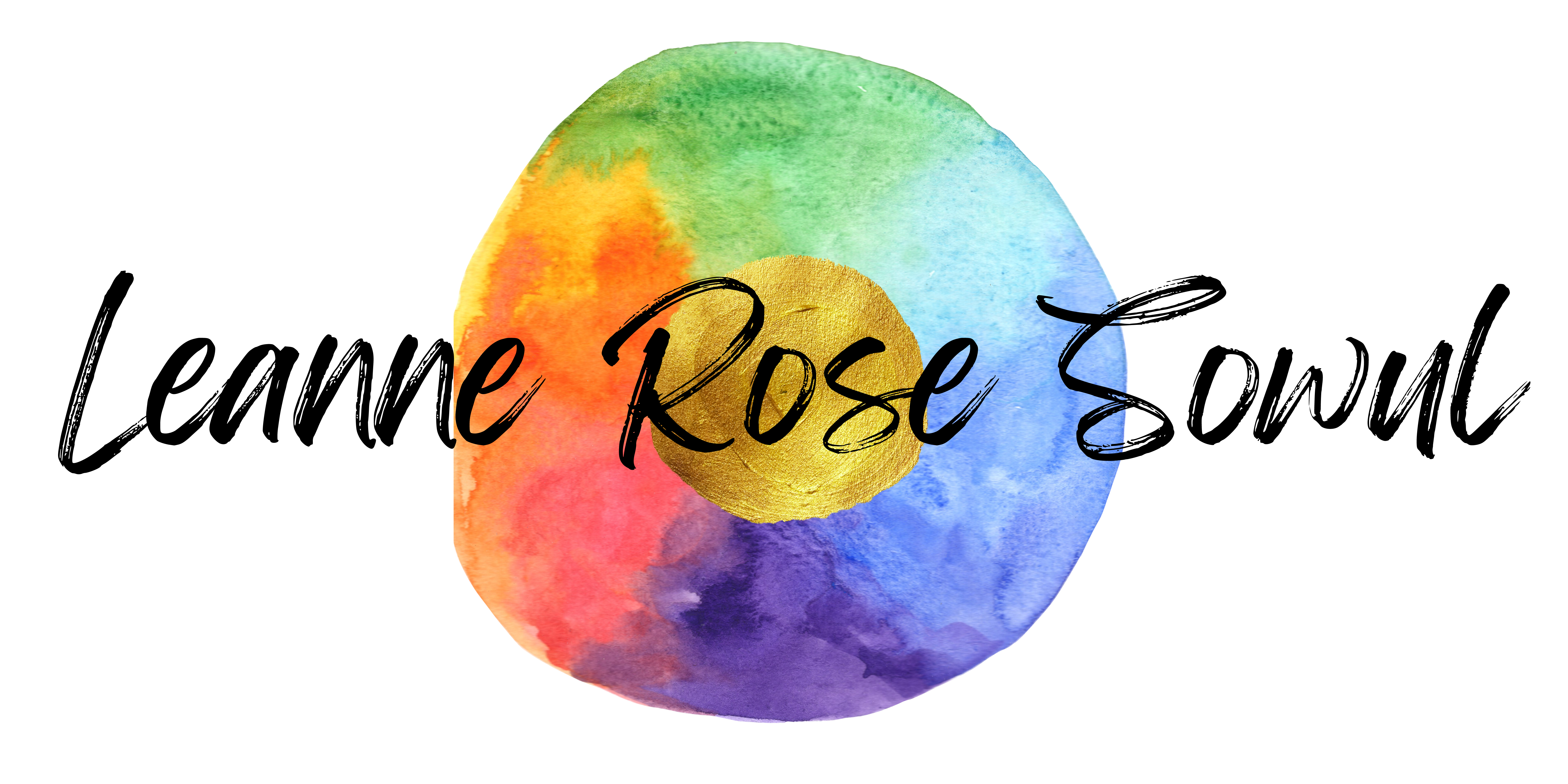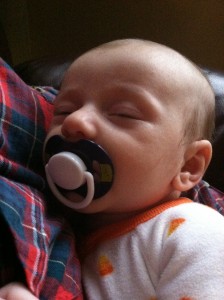If you didn’t read yesterday’s post, You Can Be A Baby Sleep Expert, Too, please take a look before reading this post; it contains the introduction to Baby Sleep, 101.
If your baby (or your friend’s or family member’s baby) magically slept 12 hours a night and took 3 perfect, hour-plus naps a day from the morning you brought him home from the hospital, go find another blog post to read, because this one does not apply to you.
Did I lose anyone?
No? Let’s move on.
I had originally planned on just one Baby Sleep 101 post, but I discovered I had too much information to share, so this is part one of two. Today’s post is a list of general information I’ve learned about teaching infants to sleep, based on research from a wide variety of books, websites and blogs. My sources run the gamut from Dr. Sears’ Attachment Parenting to Dr. Ferber’s Solve Your Child’s Sleep Problems (two diametrically opposed philosophies).
1. Sleep cycles. For me, understanding infant sleep cycles was the key to understanding a lot of Edwin’s problems. In a nutshell, everyone goes through cycles of REM and non-REM sleep throughout the night. Babies go through much shorter cycles than adults, approximately 30-45 minutes. This is actually a good thing, especially for infants under 6 months old, because the risk of SIDS is greater if a baby sleeps too deeply. However, it also leaves babies more vulnerable to waking between cycles, especially if they find they are in a different place than when they fell asleep (for example, if you put them in the crib after they were already asleep). This information helped me a lot with lengthening Edwin’s naps and understanding why he still needed to be at least partially awake when I put him in the crib.
2. Newborn sleep. Newborns are not meant to be sleep-trained. From birth to four months, focus on creating an attachment with your baby, and when he does sleep, try to mimic the experience he had in the womb: lots of motion, white noise (it’s very loud inside the mother’s body), darkness and warmth. For more tips on the “newborn phase” and soothing your baby, I recommend reading The Happiest Baby On The Block by Harvey Karp.
3. Expectations of “sleeping through the night.” At 3-4 months, babies start having the potential to sleep through the night (at this point, that’s considered 6 hours) but few do, especially breastfed babies. A lucky few parents have babies who sleep through the night even earlier (again, this post is not for you). But the majority of babies do NOT sleep through the night at 3-4 months or even 6-9 months without parental intervention. If your own parents tell you otherwise, that’s because babies did sleep better sooner a generation ago, before the “Back to Sleep” campaign. When we started putting babies on their backs, we saved lives, but lost sleep in the process. My point? If your baby- or even your toddler- isn’t sleeping well, you are not alone.
4. Tailoring sleep teaching to your needs. There is no one sleep system that fits every baby. The way you teach your baby to sleep should be unique to her needs, your needs, and your family’s lifestyle. The one thing all sleep teaching has in common is the need to commit fully to a system and implement it consistently for a pre-set period of time. (This was one circumstance where my innate stubbornness really paid off.)
5. Routines. After a baby is about 9 months old, new routines can be established rather quickly. It only takes 2-3 days for a baby to either fall in or out of a routine. This can be bad news if you’re going on vacation, but good news for re-training when you come back. (And who needs routines on vacation, anyway?)
6. Sleep really does lead to more sleep. The old adage that “sleep begets sleep” is absolutely true. Never let a child skip a nap because you want her to sleep more later. That will backfire, because an overtired child finds it harder to fall asleep. Think of a time when you were truly exhausted, and how long you lay in bed trying to get into sleep mode. The same goes for your baby, magnified by ten. You CAN keep a baby up a few minutes extra if you’re trying to get her on a schedule or reverse the day-night flip, but that should be done gradually, a few minutes more each day, so you don’t miss the “sleep window” entirely (more on that in the next post).
7. Milestones. People will tell you, “It’ll get better when she starts eating solids/ when he starts crawling/ when she starts walking…” Maybe those milestones do help, but if you have a baby who truly needs to be taught to sleep, nothing else will make it completely better. You can either wait, or you can intervene- it’s your choice.
Working on getting a child to sleep more and better can be hard work and extremely frustrating, but it is worth it. Sleep is when a baby processes all the new things he’s learned that day. It helps to grow his brain and repair his muscles. It keeps him healthy; just a few hours’ sleep deficit can open the immune system to illness. It also keeps him happier, more flexible, and less prone to tantrums and whining. (And guess what- sleep does the same things for you, too!)
The second part to this post, Baby Sleep, 102, will be posted on Friday. That means there will be no Friday book review this week. (I know, I know, I just started the series. It’ll be back next week.) Baby Sleep, 102 will list the sleep issues I experienced with Edwin, including everything from diagnosis, to finding the reason, to solving the problem.
If you found this post useful, please consider friends who might find it useful as well, and share! (Psst- that’s what the “social share” buttons above and below this post are for!)
Edwin around Halloween last year



4 thoughts on “Baby Sleep, 101”